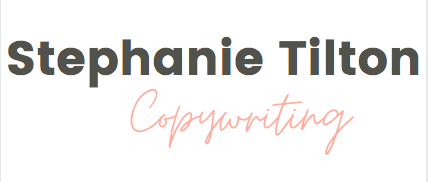As a service provider, it’s your job to DO the service for someone else.
As a course creator, it’s your job to TEACH someone how to do something for themselves.
Making that switch isn’t easy. Here’s why...
You’ve probably spent years honing your craft, gaining new skills, and reaching the level of expertise that allows you to charge big $$$ for client projects. You’ve worked out all the kinks and quirks that could lead to failure for your clients. And it’s probably safe to say that you’ve established your own biz framework (even if you don’t call what you do a “framework”).
When you try to condense all this knowledge into a digital course, you can’t expect your students to reach that same level of expertise in a few weeks. It’s just not going to happen. Not because your course is terrible or your teaching style is lacking, but because your students need more time.
More time to dive into the content.
More time to implement everything they’ve learned.
More time to work out their own kinks.
Your students aren’t the only ones who need more time. You and your business are also going to need more time to make the pivot so that when you start promoting your course, people will actually buy it.
Patience is key.
If you’ve been promoting yourself as a 1:1 service provider for years, you’ve built up an audience that thinks of you as the person who will “do the thing” for them. This audience probably has zero desire to learn how to do things for themselves. And your content has probably been centered around the different ways they can work with you in a 1:1 capacity.
This means you’ll have to spend some time building an audience that fits your ideal student category before launching your course
Because if you start promoting a DIY style course to people who only want your done-for-you services, you're doomed from the start. (This exact predicament is why so many first-time launches flop.)
Something else to think about…
...Your students may not see results as impressive as those of your clients.
Again, this has no reflection on you or your course. I mean think about it, how many years did it take you to become as skilled as you are today? Lots, I’m sure. Someone going through a 12-week course isn’t going to come out of the gate with that same level of experience or skill.
Why does that matter?
#1. It matters if you’re flaunting your client results as results your students can expect. Have you ever heard someone say, “I helped my client hit $295,000 on their last launch, and I can teach you how to do the same”? This is probably over-exaggerated, but you get the idea.
If the majority of your students won’t see results like that, don’t mention them. Sometimes those big, flashy testimonials can feel a little out of reach for your ideal students, causing them to have more hesitations before buying your course.
#2. Depending on the skills being taught in your course, you might need to add a little extra support to your offer so your students can see impressive results.
That extra support can look like this:
-A community where your students can ask questions or get clarification whenever they need help (Slack and Facebook groups are both great options)
-Unlimited access to your content so that students can go back and watch/re-watch lessons as many times as needed until it sticks (especially if your ideal student is super busy and doesn’t have tons of free time on their hands)
-An onboarding sequence that encourages your students to ask for help
-Coaching calls so your students can get personalized answers to all their questions
Don’t get discouraged if the transition from service provider to course creator is more challenging than expected. Stay patient. And remember that with any pivot, you’ll need a little more time to make the transition go smoothly!

